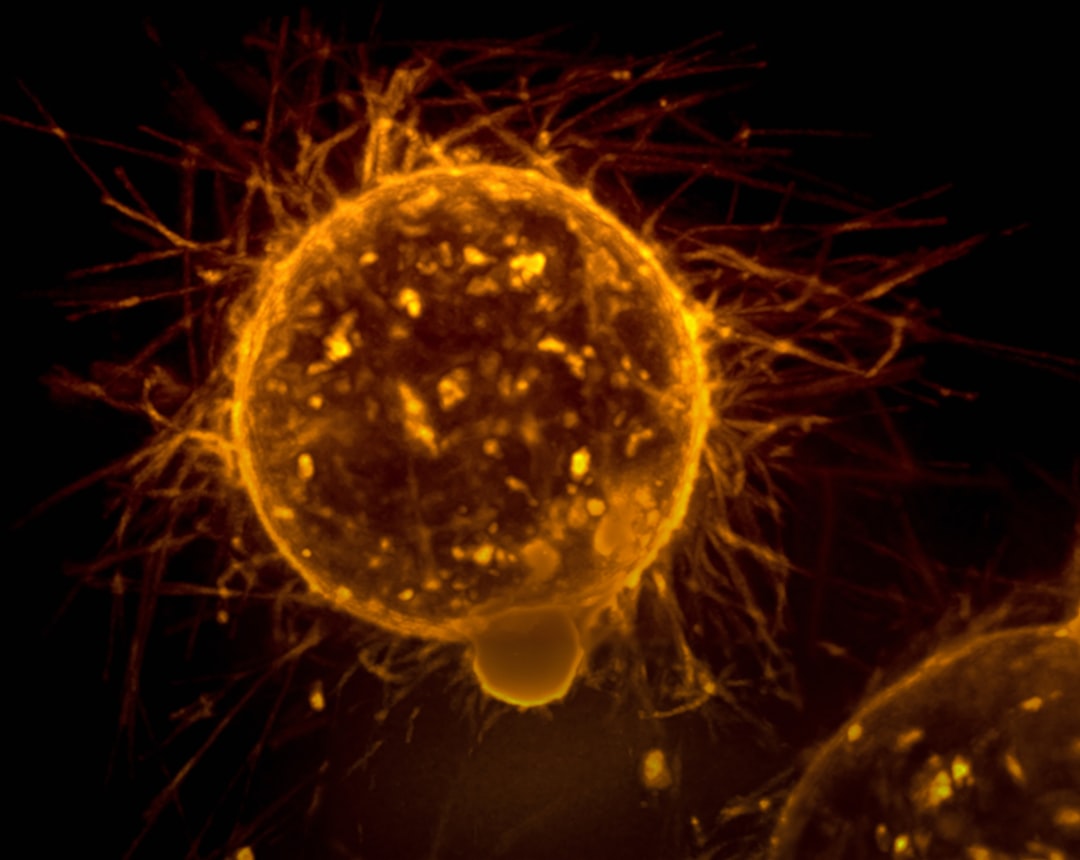What is it about?
Brain activity and performance are constrained by energy metabolism, and alterations in neuroenergetics are hallmarks of several neuropathologies. Glucose and lactate have been proposed as energy substrates for neurons allocated to various forms of memory. We demonstrate that glucose and lactate metabolisms are differentially engaged in neuronal fueling depending on the activity-dependent plasticity and behavioral complexity. Our work shows that scaling of the computational and cognitive loads requires glycogen-derived astrocytic lactate to match the energetic requirements of complex neural activity patterns and high cognitive loads. For less demanding plasticity and learning paradigms, glucose suffices as an energy substrate.
Featured Image

Photo by Mike van den Bos on Unsplash
Why is it important?
For decades, conflicting views have been expressed about whether activity-dependent neuronal fueling is brought by lactate or directly by glucose. Here, we resolve this conundrum by showing that glucose is sufficient for the lighter forms of memory engram and cognitive tasks while lactate must be provided to support more demanding neuronal computations and cognitive tasks with larger attentional loads.
Perspectives
The brain has high energy demands, and alterations in neuroenergetics are hallmarks of several neuropathologies. A better knowledge of the cellular and molecular mechanisms of neuroenergetics as reported here, may be instructive in targeting energy metabolism deficits as a therapeutic approach for neurodegenerative diseases. It was also a great pleasure to make an interdisciplinary study together with leading teams in neurocomputation and neuroenergetics&biochemistry.
Laurent Venance
Center for Interdisciplinary Research in Biology, Collège de France, CNRS, INSERM
Read the Original
This page is a summary of: Lactate supply overtakes glucose when neural computational and cognitive loads scale up, Proceedings of the National Academy of Sciences, November 2022, Proceedings of the National Academy of Sciences,
DOI: 10.1073/pnas.2212004119.
You can read the full text:
Contributors
The following have contributed to this page










